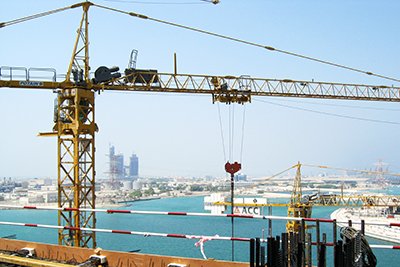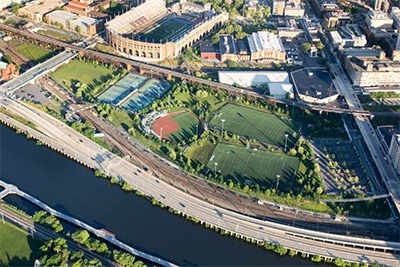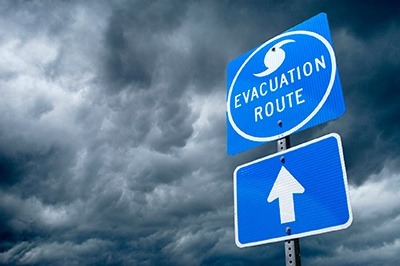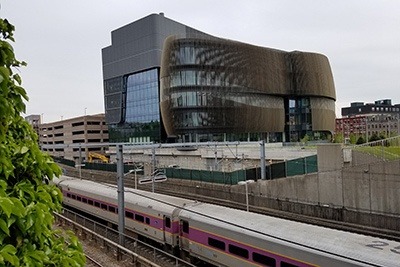Geotechnical engineering becomes more challenging every year from evaluating and vetting new technologies and navigating regulatory changes to designing for extreme weather and helping clients manage expectations of neighbors and communities. There are countless geotech topics to talk about, which is why we’ve asked our geotechnical engineers to share their experiences in our Geotech Talk series.
For this Geotech Talk, Mark Balfe, P.E., Real Estate Developers Market Segment Leader in our Boston office, chats about fulfilling a childhood dream working on projects at Fenway Park. He also discusses managing risk on geotech projects and how creating a culture of mentorship is critical to delivering a consistent high-level of service to clients.
What’s the coolest geotech project on which you’ve worked?
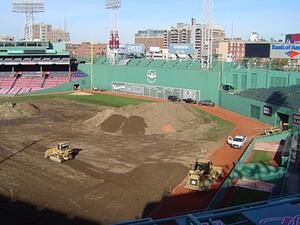
Mark Balfe: Two projects come to mind. The first is working on the many improvements to Fenway Park for the last 15 years. I grew up playing baseball and played until my mid-twenties – it was always my dream to play at Fenway. While I didn’t get to play at Fenway, it was very cool to help modernize the historic ballpark.
It was especially exciting to help figure out how to build a new batting tunnel in the early 2000s. The baseball club and architect wanted to build the tunnel behind the dugout and near the clubhouse. This was a challenge since it was under the existing seating bowl and below the water table, but it was preferred because it was a much better experience for the players being close to the clubhouse and dugout. During this project, Fenway was nearly a century old, which makes adding features or updates difficult, but we worked with the structural engineer to create a functional, attractive, and waterproof batting tunnel. We also helped improve the tunnel access between the clubhouse and dugout, which flooded regularly. At the time, I was young, living in the city, and the Sox were playing well. It was an exciting time to be a Sox fan and a part of it.
Another project that’s high up on my list of favorites was a hotel in Abu Dhabi, United Arab Emirates, a little more than ten years ago. We had never worked in Abu Dhabi before and the hotel was constructed on a human-made island. We were dealing with subsurface conditions that are a lot different than what we’re used to in the U.S. We also had to learn about the different engineering and construction processes in the UAE and adapt to the different cultural differences. For example, a lot of their laws are adopted from French law, which includes decennial liability, so if something goes wrong the entire design team is liable. Despite these challenges we were able to adapt and develop a creative foundation design for the hotel.
We were able to meet their schedule and delivered what their design team needed quickly, keeping them on schedule and budget. We also saved money by doing additional testing for earthquake parameters and building a more efficient foundation. The entire project was complicated, for sure, but it was worth it. Not only did I get the experience of visiting Abu Dhabi, but it really pushed me to grow professionally.
Most geotech projects involve significant risk. How do you advise your clients on managing risk?
MB: As advisors to our clients, we need to be able to provide a meaningful and straightforward summary of options with risks, costs, and schedule impacts for each. That way, we can collaborate with our clients and other design team members to provide real value as decisions are made that will impact our client’s world. We give them options, explain the pros and cons, and make it easier for them to see the whole picture so they can make the best decisions. It’s crucial to keep in mind all other stakeholders too, like municipalities, utilities, abutters, and anyone else who might have an interest in the ultimate outcome of what you’re creating so they can be understood.
For example, we’re working on a sports stadium in the Northeast that is on a very aggressive construction schedule where the city and the team want to be playing there in two years. We had to lay out the options of using a temporary earth support system or a permanent earth support system for a 30-foot deep excavation in one section of the new stadium. We worked very closely with the structural engineer and architect to develop a plan, then roped in the rest of the design team, including the construction manager, to ensure the plan would work. We outlined the costs, schedule impacts, and risks of both options, and within two weeks we went ahead with the permanent wall design – the best approach for the project’s cost and schedule.
How have you helped your clients navigate difficult public relations hurdles in the past? How did your approach help the client remain in a positive light?
MB: You have to be able to see the whole system. It’s being able to empathize with the demands of stakeholders, like state agencies, building inspectors, and neighborhood associations, while also fiercely advocating on behalf of our client.
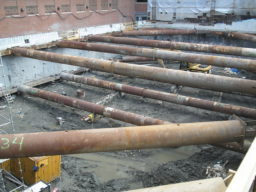
For example, we were the geotechnical and environmental consultant on a project where neighbors were complaining of vibrations adjacent to a construction site. Our client was new to Boston and the politics and perception of projects in Boston’s South End. The client relied on us to meet with the neighbors, help them feel like they were being heard, and explain to concerned neighbors in terms they could understand and be comfortable with (supported by data) – which also protects our client from claims for damages. It can feel like it’s a high-wire act, but it is one that we have mastered over the years.
Emotional intelligence is crucial for all of our projects and clients. Our job is to keep the project moving for the client. You have to work with the community and assure them that you are there to understand and help. It’s essential that we participate with state and local agencies and neighborhood groups to establish a level of trust upfront. And at the same time, you’re still keeping the project moving forward.
It’s also paramount to bring along junior staff so they can get the first-hand experience of being a client advocate and really understand their role, even if their role for the moment is a silent observer. Everyone handles it a little differently, so we try to expose staff members to different approaches so they can find the one they’re the most comfortable with. Having that real-life, first-person know-how gives them the confidence to make the best decisions as they rise into decision-making roles. It’s how I learned – it’s how I still learn. No matter how far you get in your career, we can always learn new things by observing others. Mentorship is how a firm like ours ensures that everyone on our team is going to give clients the level of service they expect.
Do you have questions for Mark on the projects he mentioned above? Feel free to email him.
Published: 11/15/2019
Author
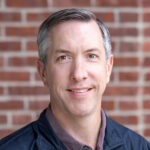
Principal, Real Estate
